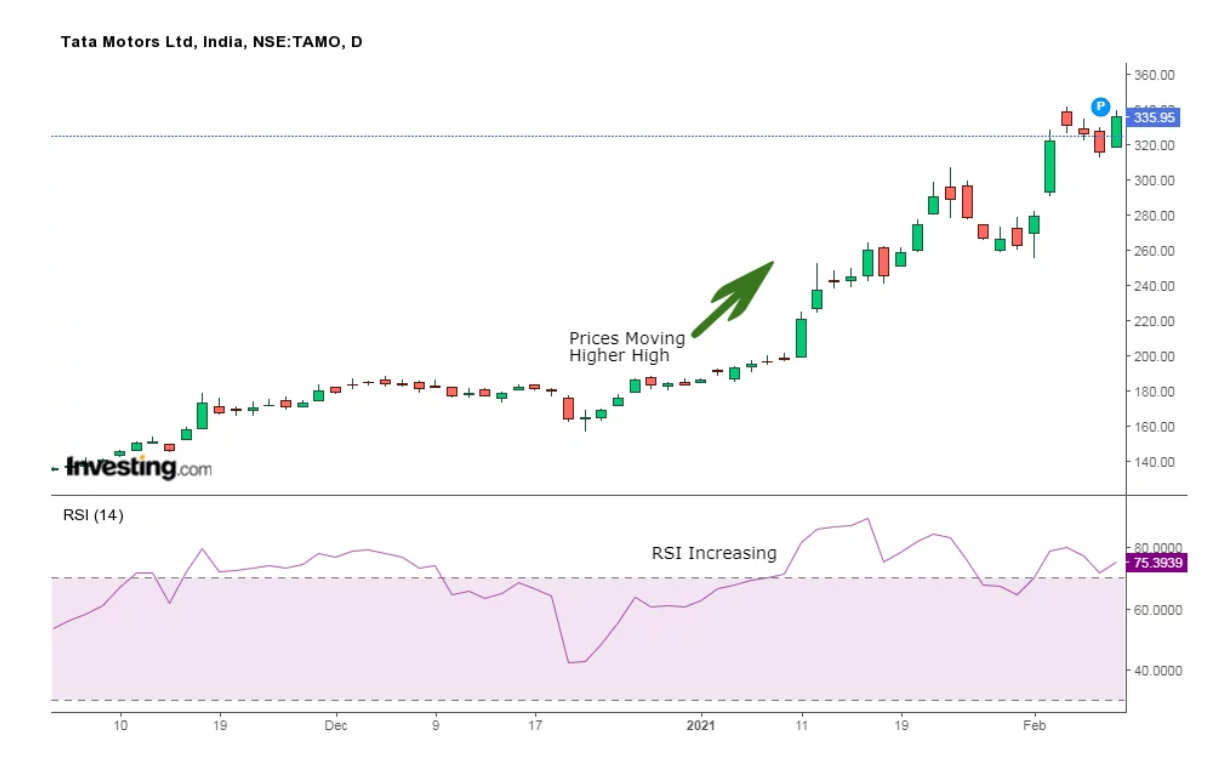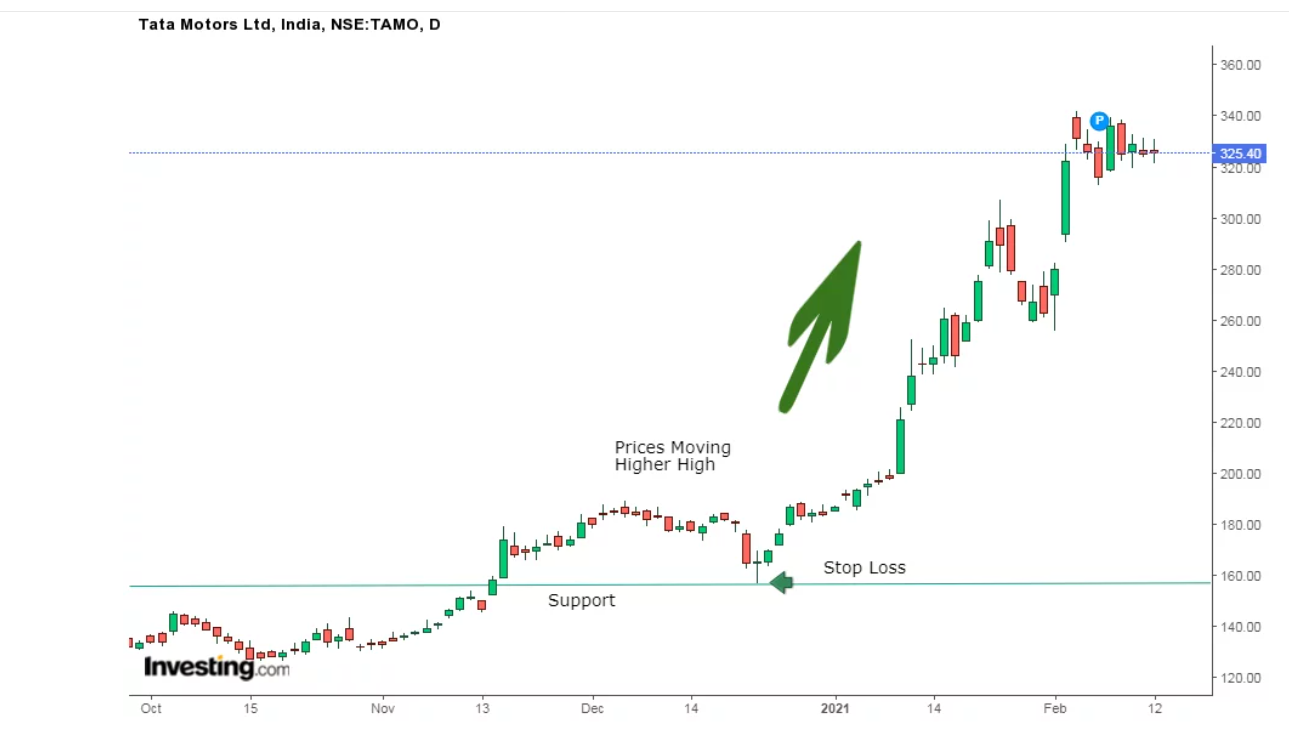How to Do Trend Analysis?

When it comes to Stock Investing, it is critical for investors to understand how the market works. One of the most important things to learn in order to understand this is Trend Analysis. But before we begin, let’s understand the concept of Trends in the Stock Market.
What is a Market Trend?
Trend refers to the direction in which the price of a stock is moving. Share prices usually move upwards or downwards based on bullish or bearish market sentiments. Usually, they do not move in a straight line as stock prices can be subject to high volatility in the short term. Investors need to consider a specific timeframe to consider the stock price movements as a trend.
Individuals can identify a much more defined market trend when they consider somewhat long-term price movements. In other words, the longer a trend moves upward or downward, the easier it is to identify it.
Understanding Trend Analysis
Share market trend analysis is a process that allows investors to estimate the future price movements of stocks by analyzing the ongoing Market Trend. Trend Analysis is a technique of analysis of historical data to estimate the long-term route of market movements. Thus, through this method, investors can try to predict whether a sector that’s expanding will continue to grow or not.
Trend Analysis involves analyzing extensive data. In short, Trend Analysis helps in comparing the performance of a firm in order to provide investors with an idea of whether the business will move forward or backward. Trend Analysis is also known as Horizontal Analysis.
Stock Trend Analysis is significant for one important reason, which is that it can help provide investors with suggestions on how they can reinforce things in order to move their business forward. However, note that there is no guarantee in relation to the accuracy of the predictions.
Once investors understand what trend analysis is, it is imperative that they explore some of the various strategies involved.
What are the Different Types of Trend Analysis Strategies?
We have listed a few of the Methods that investors should be familiar with below to give you more information about the various types of Trend Analysis Methods and Strategies that are common among investors:
-
Moving Average
In the world of finance, moving average or MA refers to a stock indicator that traders use when undertaking technical analysis. The main purpose of computing moving averages is to reduce the impact of short-term price fluctuations of a stock over a specific period of time.
Traders who opt for this strategy enter long positions when a short-term MA moves above a long-term MA. On the other hand, when the short-term MA moves below the long-term MA, traders who choose this strategy enter short positions.
Let’s take the example of Tata Motors Ltd.

Source: by elearnmarkets
From the above image, we can observe that traders can choose to enter a long position when the short-term MA moves over the long-term MA.
-
Momentum Indicators
One may utilize this tool to determine the weaknesses and strengths of a stock’s price. Momentum gauges the rate at which the price of a stock increases or decreases. Some common examples of momentum indicators are moving average convergence divergence (MACD) and relative strength index (RSI).
This strategy involves entering a long position when the price of a stock is moving upwards or downwards with a lot of momentum. That said, investors following this strategy square off their long position when the shares of the company lose momentum. In most cases, individuals use the relative strength index (RSI) when implementing this strategy.
From the stock price chart of Tata Motors Ltd given above, one can observe that the shares of the company trend higher as momentum increases.
-
Trendlines & Chart Patterns
Trendlines refer to a sequence of lines and curves that are used in technical analysis to identify price patterns. Traders can use this tool to spot support and resistance on a stock price chart.
Individuals who choose this Stock Market trend analysis strategy enter long positions when the equity shares of any company are trending higher. Moreover, this method involves placing a stop-loss order below the resistance or support levels, i.e., the key trendline.
Let’s take the example of Tata Motors Ltd. once again.

Source: by elearnmarkets
Here we can observe the time when shares of this automobile manufacturer are trending higher. In this case, Traders can place a stop-loss order at or below the support area.
These Market Trend Analysis Strategies assist traders in simplifying stock price information. Moreover, they provide technical analysts with reversal signals as well as trade signals. Individuals may choose to combine these Trend Analysis Strategies and then adjust them according to their own preferences.
Your Take
Experts believe that traders should use a combination of Trend Analysis Methods to develop their own strategies. Individuals would be able to clearly identify the entry and exit points as a result of this.
Happy Investing!
|
You May Also Be Interested to Know |
|
|
1. |
|
|
2. |
|
|
3. |
|
|
4. |
|
|
5. |
How to Buy Stocks Online in India? |
Disclaimer: This blog is solely for educational purposes. The securities/investments quoted here are not recommendatory.